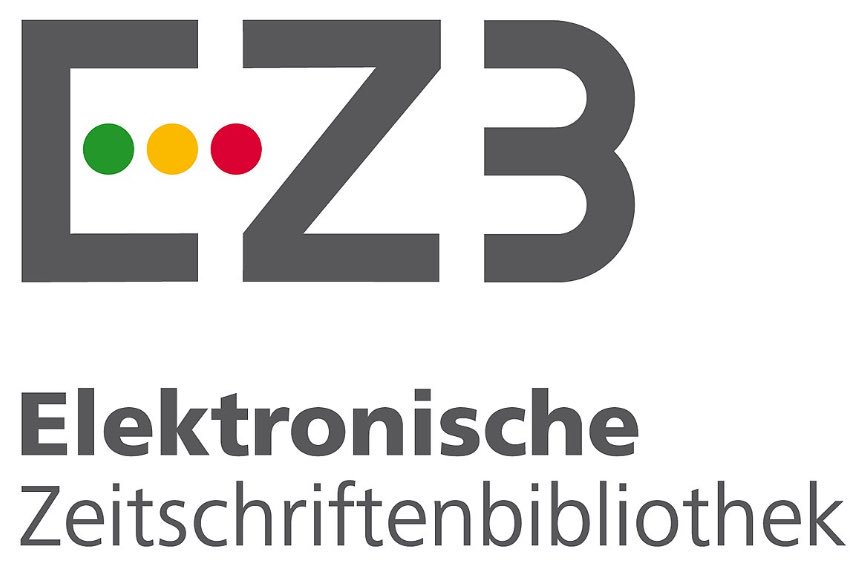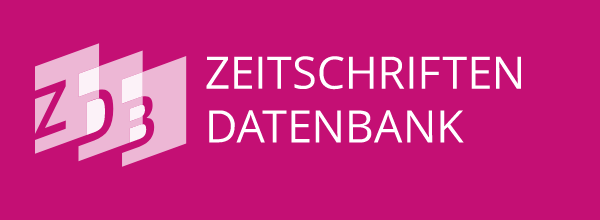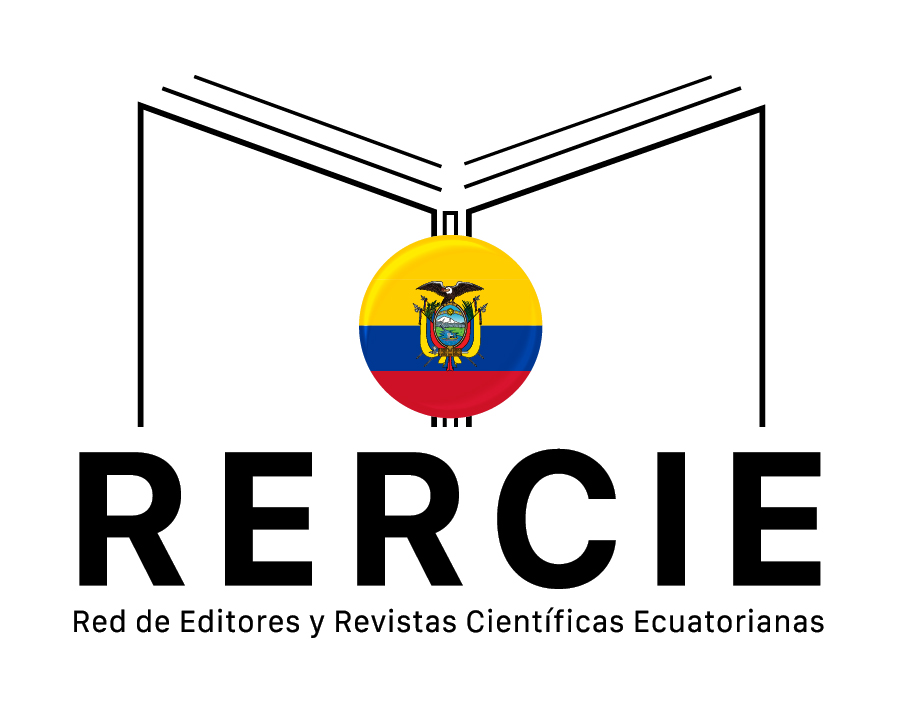ENERGY CRISIS IN ECUADOR: ANALYSIS FROM AN ECONOMIC AND SOCIAL PERSPECTIVE
DOI:
https://doi.org/10.56124/tj.v8i19.029Keywords:
energy crisis, public policies, social equityAbstract
The energy crisis in Ecuador poses an urgent challenge that directly impacts the quality of life of the population and the economic stability of the country. This analysis seeks to evaluate government policies aimed at guaranteeing access to clean and affordable energy, with special attention to rural communities and marginalized sectors. Through a systematic literature review, it is shown that a reliable energy supply is essential for sustainable development. The main strategies include the National Development Plan (PND) and the Electrification Master Plan (PME), which promote the transition to renewable sources and the modernization of electricity infrastructure. Both plans are aligned with the Sustainable Development Goals, in particular SDG 7. However, despite having an installed capacity of close to 7,500 MW, the country faces a deficit that could exceed 1,000 MW by 2025. This gap has led to planned blackouts that especially affect small and medium-sized enterprises, deepening social inequality. Faced with this situation, it is essential to promote public-private partnerships that make sustainable, culturally relevant and environmentally responsible energy projects viable, ensuring equitable and resilient access to energy
Downloads
References
BID, A. d. (2024). Panorama Eléctrico, 2024. Quito: BID.
CELEC. (04 de 12 de 2024). CELEC. Obtenido de https://www.celec.gob.ec/noticias/las-centrales-hidroelectricas-molino-y-sopladora-estan-en-mantenimiento/
CENACE. (2024). Plan Maestro de Electricidad. Quito: MINISTERIO DE ENERGÍA Y RECURSOS NATURALES NO RENOVABLES.
El Comercio. (03 de 12 de 2024). El Comercio. Obtenido de https://www.elcomercio.com/actualidad/ecuador/sequia-afecta-hidroelectricas- cortes-luz.html
Martínez, E. (2010). La crisis energética en Ecuador. En A. Ecológica, Crisis financiera o crisis civilizatoria (págs. 66-73). Quito: Quito, octubre del 2010.
Ministerio de Energía y Minas. (2024). Balance NAcional Energético, 2023. Quito- Ecuador: Ministerio de Energía y Minas.
Ministerio de Energía y Minas. (03 de 12 de 2024). Capítulo 2: Situación actual y visión del sistema eléctrico. Obtenido de file:///C:/Users/User/AppData/Local/Microsoft/Windows/INetCache/IE/RMNZ YJ5Q/CAP%202[1].pdf
ONU, N. U. (02 de 12 de 2024). Naciones Unidas CEPAL. Obtenido de https://www.cepal.org/es/temas/agenda-2030-desarrollo-sostenible/objetivos- desarrollo-sostenible-ods
Reyes Romero, F. (04 de 12 de 2024). UBE. Obtenido de https://ube.edu.ec/Pericias/articulo/23/Crisis%20energ%C3%A9tica%20en
Russell Bedford. (04 de 12 de 2024). El Impacto Económico de los Apagones en Ecuador| Crisis energética. Obtenido de https://russellbedford.com.ec/el-impacto- economico-de-los-apagones-en-ecuador-crisis-energetica/
Saenz, M. (2024). Crisis Energética en Ecuador-Evaluación de la Situación al 24 de Noviembre 2024.-Informe Ejecutivo . Laboratorio Digital Crisis de Energía en Ecuador.
Published
How to Cite
Issue
Section
License
Copyright (c) 2025 Revista Científica y Arbitrada de Ciencias Sociales y Trabajo Social: Tejedora. ISSN: 2697-3626

This work is licensed under a Creative Commons Attribution-NonCommercial-ShareAlike 4.0 International License.






















